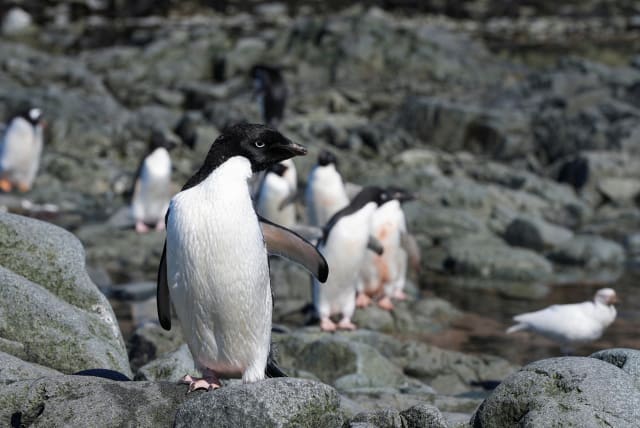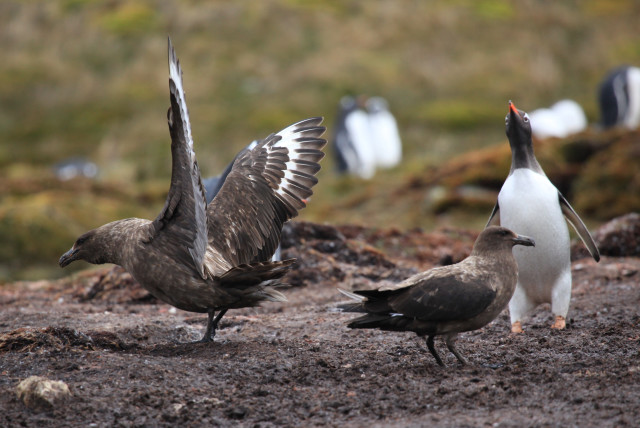Scientists warn bird flu likely to spread further in Antarctica

In October, the first ever recorded case of bird flu in the Antarctic region was detected in brown skua birds.
OFFLU, A network of scientists from the UN Food and Agriculture Organization (FAO) and the World Organization for Animal Health (WOAH, founded as the OIE: Office International des Epizooties; OFFLU stands for "OIE/FAO network of expertise on avian inFLUenza") warned on Thursday that bird flu is likely to spread further in Antarctica and could have an "immense" negative effect on wildlife in the region.
In October, the first ever recorded case of bird flu in Antarctic was detected in brown skua birds on Bird Island, part of the British overseas territory of South Georgia and the South Sandwich Islands. The island is also claimed by Argentina as part of the Tierra del Fuego Province.
Just a few days later, the Falkland Islands reported their first case of bird flu as well. Since then, brown skua, kelp gulls, southern fulmars, black-browed albatrosses, grey-headed albatrosses, and southern elephant seals have been found or suspected to be infected with H5 avian influenza in the Antarctic region.
In the statement on Thursday, the scientists warned that the virus could infect the 48 species of birds and 26 species of marine mammals that inhabit the Antarctic region.
"The negative impact of HPAI H5 on Antarctic wildlife could be immense, because their presence in dense colonies of up to thousands of pinnipeds (seals) and hundreds of thousands of birds facilitates virus transmission and may result in high mortality," wrote the scientists.
The scientists also warned that the virus could spread from the Antarctic region into Oceania, which has been largely spared from the global outbreak of H5N1 avian influenza that has swept Europe and the Americas in recent years.
Little can be done to stop the spread of the virus
OFFLU noted that while little can be done to stop the spread of the virus, there are a few options for response available, including monitoring wildlife populations, adapting conservation plans, and taking biosafety measures to reduce the risk of human-mediated spread.
Since 2021, Europe and the Americas have been suffering from a nearly continuous outbreak of H5N1 avian influenza which has been described as "the largest-ever" on the three continents. The virus has affected tens of millions of birds and thousands of mammals worldwide. Outbreaks of the virus have also become more common in Africa and Asia in the past year.
The US has seen an increase in cases in recent weeks, raising concerns that egg prices could rise again as producers are hit, according to Bloomberg. Cal-Maine Foods Inc., the top producer of eggs in the US, said one of its facilities was hit by an outbreak of bird flu in recent weeks.
Jerusalem Post Store
`; document.getElementById("linkPremium").innerHTML = cont; var divWithLink = document.getElementById("premium-link"); if (divWithLink !== null && divWithLink !== 'undefined') { divWithLink.style.border = "solid 1px #cb0f3e"; divWithLink.style.textAlign = "center"; divWithLink.style.marginBottom = "15px"; divWithLink.style.marginTop = "15px"; divWithLink.style.width = "100%"; divWithLink.style.backgroundColor = "#122952"; divWithLink.style.color = "#ffffff"; divWithLink.style.lineHeight = "1.5"; } } (function (v, i) { });

